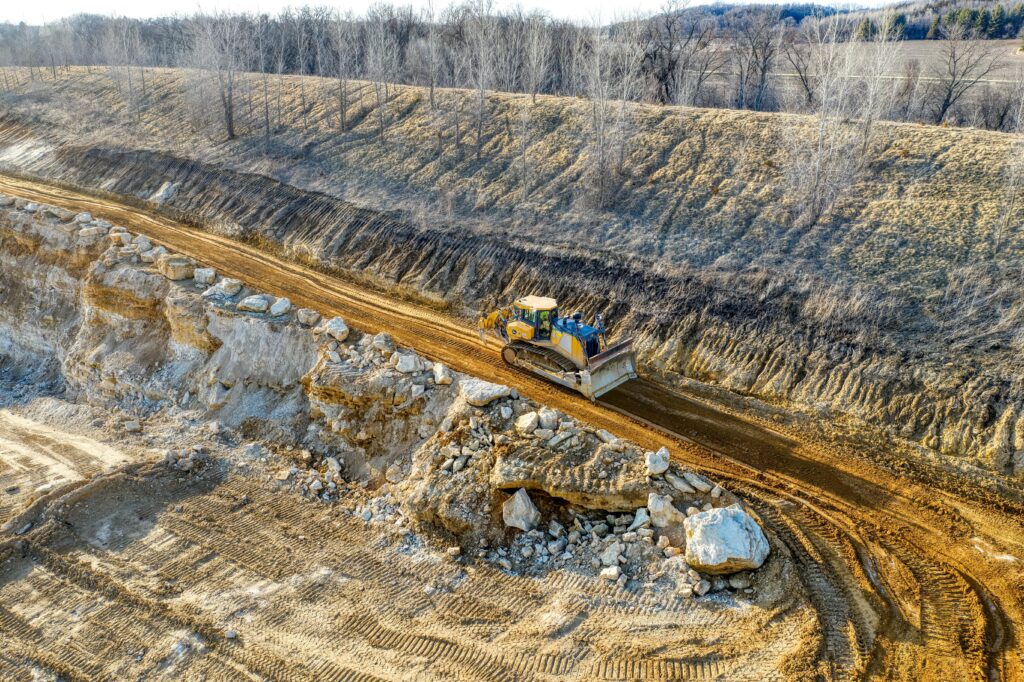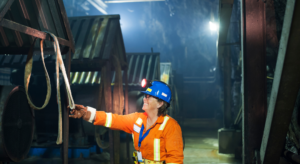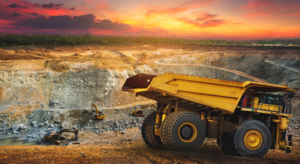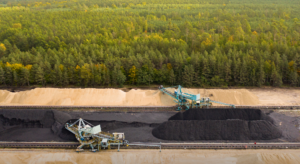Tailings management has been a major four in the mining sector. Tailings refer to the byproducts. They are left over after the extracting and processing of valuable minerals is done. These tailings frequently include dangerous materials that might seriously endanger the environment. This is if handled improperly. However, using chemical additives to stabilize tailings is a viable way to address this problem. They lower the likelihood of environmental contamination and guarantee long-term sustainability.
Furthermore, mining corporations can minimize the impact on the surrounding ecology. This is by immobilizing heavy metals, improving the structural integrity of tailings, and reducing the danger of acid mine drainage by integrating different chemical compounds. Let’s know about the chemical stabilization of tailings in-depth ahead in this article.
Chemical Additives in Mining Tailings Stabilization: What is Its Role?
Chemical additives are one of the most powerful solutions to mine tailings. They can come into use to increase the stability of mining tailings. It can also boost environmental safety. Mining firms can address several tailings management concerns. Let us know about this in-depth ahead:
Enhancing Structural Integrity with Chemical Additives
Chemical additives provide a major benefit of enhancement of structural integrity. Tailings can be along with other materials such as fly ash, cement, and polymers. It helps to make a matrix that is more cohesive and stable. The process of solidification fortifies and extends the life of tailings. Consequently, it reduces the risk of tailings storage facility failures and environmental damage.
Immobilizing Heavy Metals with Chemical Additives
Elevated concentrations of heavy metals are present in many tailings. It can also be extremely harmful to living things. These heavy metals can be efficiently immobilized by chemical additions. It includes phosphates, silicates, and specific clays. This lowers their bioavailability and stops them from migrating into the surrounding environment. The heavy metals are bound to the additive through a process called stabilization. As a result, they become less soluble. They are also less likely to seep into systems of surface or groundwater.
Solving Acid Mine Drainage with Chemical Additives
Acid mine drainage is a major issue of tailing management. Moreover, the acidity that comes through the oxidation of sulfide minerals in the tailings can strike a balance using chemical additions. This included lime, fly ash, and other alkaline elements. Additionally, these additions can lessen the possibility of pollution to the environment. This happens by reducing the solubility of heavy metals and stopping acid mine drainage from growing. It can be done by increasing the pH of the mining tailings.
Chemical Stabilization Of Mining Tailings: How to Implement it?
Mining tailings management via chemical stabilization procedures needs meticulous planning, implementation, and oversight. Furthermore, mining businesses have to take into account several things. So, let’s see what are they:
Site Characterization and Tailings Analysis
A comprehensive site evaluation and tailings analysis must be carried out. It should be before the application of chemical stabilization of mining tailings procedures. Furthermore, this procedure entails:
- Assessing the mining tailings’ mineralogical composition,
- Particle size distribution and possible pollutant content, among other physical and chemical characteristics.
Mining businesses can choose the best chemical additives and create efficient treatment plans. This is by knowing the distinctive qualities of the tailings.
Selection and Optimization of Chemical Additives
The most appropriate chemical additives can be chosen by mining firms. It should be based on the tailings analysis and the particular objectives of the stabilization procedure. Furthermore, bench-scale or pilot-scale testing can be necessary. It assesses the efficacy of various additives and determines the ideal dosage rates. The additive selection process also needs to take into account other factors. These are availability, pricing, and also compatibility with the current infrastructure.
Implementation and Monitoring
The implementation stage starts when the right chemical additives have been chosen. This could entail adding the additives to the tailings storage facility itself. It can also entail combining them with the tailings during the dewatering procedure. Achieving the required level of stabilization requires the use of effective quality control techniques. It includes testing and sampling. Moreover, long-term monitoring programs should also be put in place. It helps to keep tabs on the stabilized tailings’ performance.
Also read: Recap And Insights From the 5th Mining 4.0: North America Summit
Chemical Stabilization of Mining Tailings: Economic Benefits
The use of chemical stabilization techniques can provide economic advantages for mining companies such as :
- Reduced costs associated with tailings management and environmental remediation
- Improved resource recovery through the potential extraction of valuable minerals from stabilized tailings
- Compliance with increasingly stringent environmental regulations, avoiding potential fines and legal liabilities
- Improved social license to operate and public perception. It promotes community acceptance and lowers the likelihood of conflicts
Moreover, using chemical stabilization procedures is in line with sustainable mining practices. It minimizes mining operations’ negative environmental effects. This is while maximizing resource efficiency and economic viability. Furthermore, the mining sector can support international efforts towards sustainable development and environmental stewardship. This is by tackling the problems of mining tailings management with creative solutions like chemical stabilization. This is why chemical stabilization stands to be the answer when asked what is the solution to mine tailings.
Understanding the Challenges of Mining Tailings Management
Large amounts of tailings are generated during mining operations. It must be stored and managed effectively to prevent environmental disasters. In this section, we will look at the challenges that can be faced with tailings management.
Environmental Risks Associated with Tailings
Acids and other dangerous compounds found in tailings can affect plants, marine life, and people’s health. Furthermore, these pollutants have the potential to infiltrate into surface water systems. They can also come in groundwater supplies, and soil if improperly contained. Acid mine drainage can also be caused by the prolonged storage of tailings.
Challenges in Tailings Storage and Disposal
Massive-scale tailings production from mining operations requires the construction of massive storage facilities. However, bad construction/ weather, or design errors can cause these structures to collapse. Millions of tonnes of tailings can leak from a failing dam into surrounding ecosystems and waterways. So, this can result in catastrophic environmental effects. Additionally, it is expensive and takes a lot of resources to manage and keep an eye on these facilities throughout time.
To Sum Up
The mining sector has made a major step towards environmentally responsible practices and sustainable practices. This is by implementing chemical stabilization procedures for mining tailings management. Mining companies can effectively reduce the dangers associated with tailings storage by utilizing chemical additives. In addition to protecting the nearby ecosystems, the application of these creative solutions has financial benefits. They are in the form of lower remediation costs, better resource recovery, and also regulatory compliance.
The industry is evolving. So, strategies like chemical stabilization are set to be crucial. They can help in minimizing the ecological footprint of operations in mining. It can also foster a sustainable future. Make sure you join the 5th Energy Transition and Emission Reduction for the Metals and Mining Industry Summit if you want to learn about sustainable practices and initiatives. It takes place in Helsinki, Finland, on June 11–12, 2024. This event is aimed at bringing together industry leaders, professionals, or interested parties. As a result, it will offer a platform for valuable insights, networking, and contribution towards a greener future. Register now!





